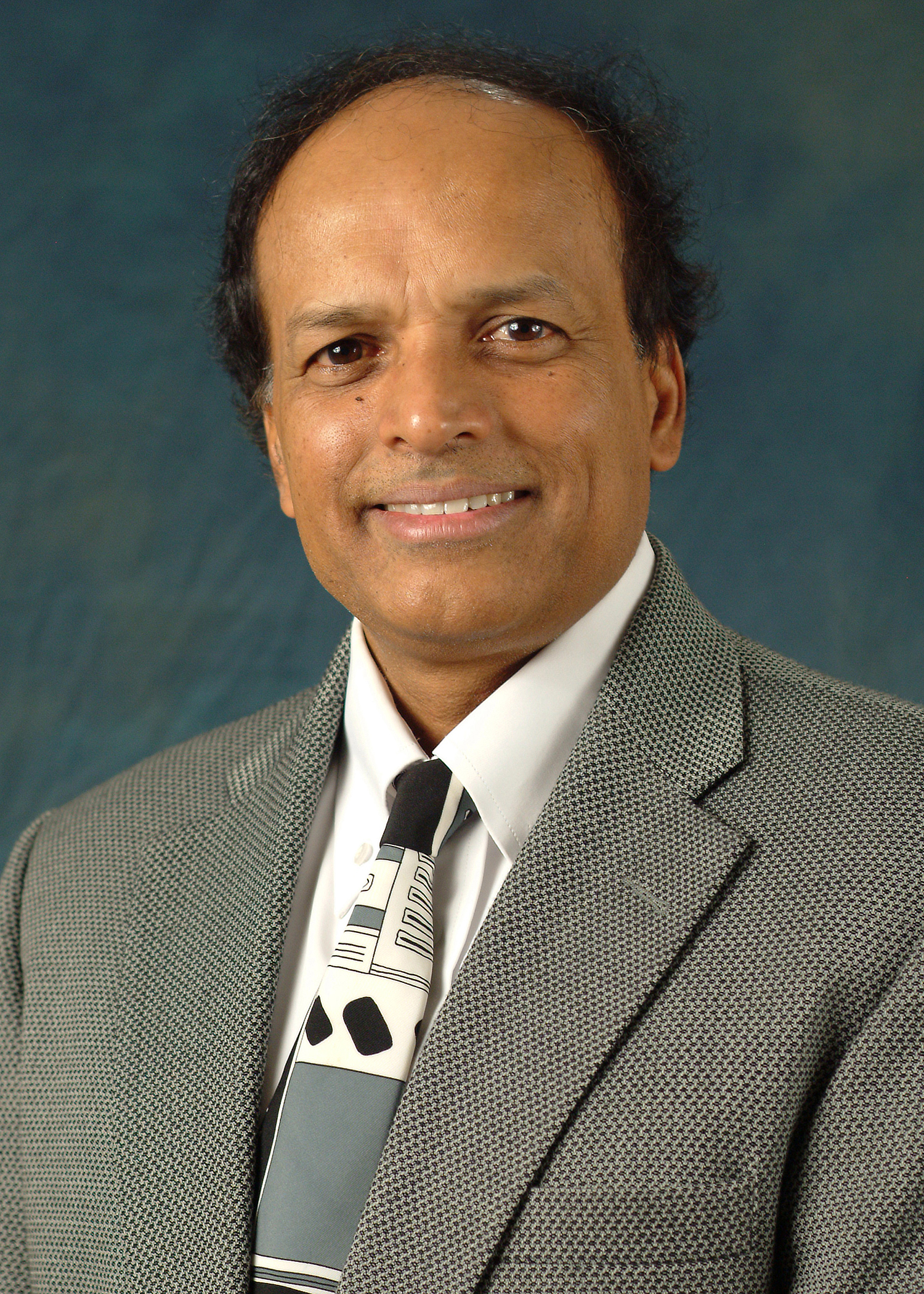Veterinary college's professor of immunology surpasses 500 in citation index

A research paper authored by Dr. S. Ansar Ahmed, of Blacksburg, Va., a professor of immunology in the Virginia-Maryland Regional College of Veterinary Medicine has surpassed 500 citations.
Fifteen years ago, when Ahmed -- who is also head of the Department of Biomedical Sciences and Pathobiology in the veterinary college at Virginia Tech -- completed his research on a new, nonradioactive alternative to determining the proliferation of lymphocytes, he says he hoped other scientists would find it useful. However, he says he never envisioned just how many that would be.
Today, that paper he authored on his research, “A New Rapid and Simple Nonradioactive Assay to Monitor and Determine the Proliferation of Lymphocytes — An Alternative to [H-3] Thymidine Incorporation Assay,” has surpassed 500 citations in the citation index ISI Web of Science, a prestigious honor earned by few in the field of life sciences. The index tracks and lists every time a work of research is cited in another.
According to Ahmed, 50 to 80 citations are considered to be a high number range in the life sciences’ citation index and the number can take years to achieve. He and his co-authors, Dr. Bob Gogal, who was then a post-doctoral fellow in his laboratory, and Jane Walsh, a laboratory technician, have achieved about 10 times that amount.
“While you always hope for this outcome with your research, you certainly never expect it,” said Ahmed. “I am honored and humbled by this recognition by national and international peers. Many, many laboratories across the world now use this assay routinely.”
The genesis for the research was born from a corridor chat discussing the successful use of Alamar blue dye to study cancer cells. Ahmed and his team begin to formulate how this could be applied to the study of the proliferation, or multiplication, of lymphocytes.
The simple, one-step assay, or test, they developed has turned into a new standard in the scientific community. The assay involves the application of Alamar blue dye during the first phase of cell culture. The proliferation of cells will be evident by the degree of change in color.
The ability to study and track cell proliferation has implications across all areas of the life sciences, according to Ahmed. “Scientists from immunology to oncology rely on establishing cell proliferation as a basic measure of health and wellness,” he explains.
In addition to allowing scientists to observe cell proliferation, the assay is also valuable as scientists desire to move away from radioactive reagents, such as 3H-thymidine, explains Ahmed. Using radioactive-based assays require specialized and dedicated equipment and space, adherence to strict safety protocols, and concerns of long-lasting radioactive waste. By adopting the use of Alamar blue dye, the scientists are able to perform the test safely in their laboratories, while also reducing the amount of radioactive waste in the environment. In addition, the cells remain alive after the dye is applied, and therefore, it can be used for future testing.
“Dr. Ahmed is a prolific researcher and this recognition of his work by his peers is evidence of the valuable contributions he has made in the scientific community,” said Dr. Roger Avery, senior associate dean for research and graduate studies in the veterinary college. “We are proud of his many accomplishments and pleased to have him guiding our Department of Biomedical Sciences and Pathobiology.”
Ahmed holds a B.V.Sc. (doctor of veterinary medicine equivalent) from the University of Agricultural Sciences in Bangalore and a Ph.D. from the School of Veterinary Studies, The Murdoch University, Australia. He is a member of the American Association of Immunologists, the International Cytokine Society and the National Institutes of Health Grant Review Panels.
- Read related Virginia Tech News story: “Ahmed named head of Department of Biomedical Sciences and Pathobiology”




